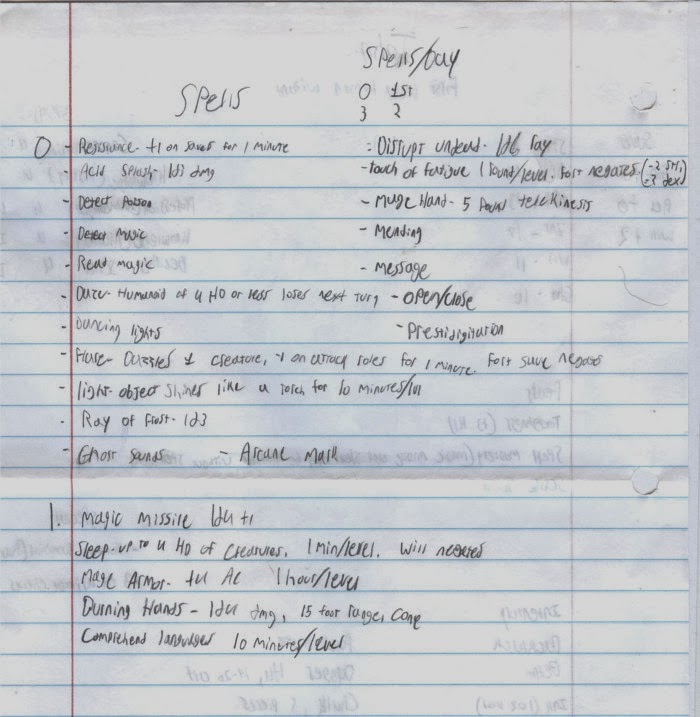Business leaders in Arizona and Washington called the campaign to kill 1062 a moment of triumph for the corporate world, and a reflection of how the need to attract talented employees and project a tolerant image to consumers has overridden virtually any other political imperative businesses face in a state like Arizona.It strikes me that business interests hold the key to political power in America right now, allying with social conservatives to defeat unions and government spending on the poor and then with liberals to defeat anti-gay laws they fear would hurt their bottom lines. Money talks.
“I’m not a military person, but it was a DEFCON 1 situation,” said Glenn Hamer, president of the Arizona Chamber of Commerce and Industry. “It would have been catastrophic, economically, if that bill had been signed.”
Religious conservative Rod Dreher:
This story could hardly be a clearer demonstration of the fact that, contrary to what so many conservative Americans wish to believe, the corporate class is no friend of traditional religion. In fact, as the Politico story makes clear, American business leaders are a far greater threat to Christian morality than all the faculties of all the universities in the country.I wonder if social conservatives and liberals will ever be able to get together and restrain the winner-take-all economy.



















































_Venezia_Palazzo_Dario.jpg)

